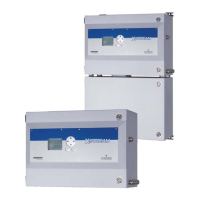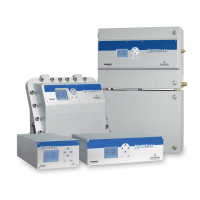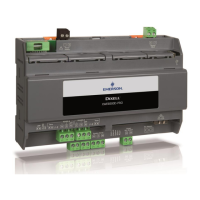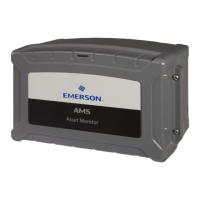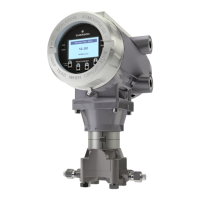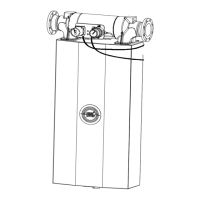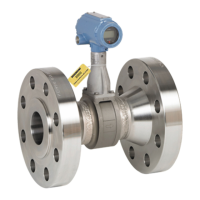Emerson Process Management GmbH & Co. OHG 3-1
X-STREAM XE
Instruction Manual
HASXEE-IM-HS
10/2012
3
Measuring Principles
Chapter 3
Measuring Principles
3.1 Infrared Measurement (IR)
Ultraviolet Measurement (UV)
3.1.1 IntrinzX Technology
X-STREAM series analyzers support several
measuring principles depending on the gas
component of interest. This provides best
possible results, as the measurement can be
chosen to optimally t the characteristics of
the gas to be measured with respect to the
application. The following sections introduce
the available measuring principles highlighting
their specic characteristics.
The non-dispersive measurement methods
described in this section utilize gas specic
light absorption in order to discriminate bet-
ween different gases. This is possible, as any
gas possesses distinct absorption characte-
ristics. The selective measurement of these
absorption lines can be used to identify gas
components. The amount of light absorbed
by the absorption lines is a direct measure
of the gas concentration.
One can distinguish between two different ty-
pes of non-dispersive measurements differing
how wavelength selectivity is accomplished.
It is essential for gas specic concentration
measurements, to selectively detect only light
of the absorption line wavelengths of the gas
of interest. Typically a gas selective detector is
used for NDIR measurements. For NDUV the
selectivity is achieved by an additional optical
lter, as the detector itself is not wavelength
selective. In some applications, a pyrodetector
is used for NDIR measurements. This type of
detectors is not wavelength selective, hence
these setups also use an optical lter to narrow
their wavelength response function.
The assembly of a NDIR and NDUV channel is
shown in Fig. 3-3. For NDIR a broad-band IR
light source is used to generate the light, while
NDUV measurements utilize a narrowband UV
uorescence source, already adopted for the
absorption lines of the gas of interest. Part of
this adoption is done by a specially selected
optical lter in the adaptor cell.
The diameter of the light beam emitted from
the sources is adjusted to completely ll the
opening of the split analysis cell. After traver-
sing the analysis cell, the light passes through
a lter cell which adjusts the beam diameter to
the chopper opening and the diameter of the
active detector area. The chopper wheel used
is designed to allow an intrinsically referenced
measurement. The details of this new patent
pending method are described in section 3.1.1.
Which measurement (UV / IR) to use for
a specic application depends on the gas
component to be measured and the required
measurement performance.
The IntrinzX technology is an enhancement
of the well established “proof peak” techno-
logy with automatic sensitivity control, known
from the MLT gas analyzer series. While the
“proof peak” provided only one reference
measurement per chopper wheel revolution,
the IntrinzX technology provides four reference
measurements per revolution. The patent
pending IntrinzX technology has been intro-
duced into the market with the launch of the
X-STREAM X2 gas analyzers.
Using the new IntrinzX chopper wheel, the
reference and the measurement signal are
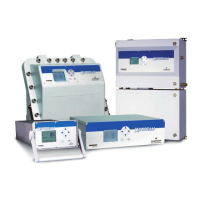
